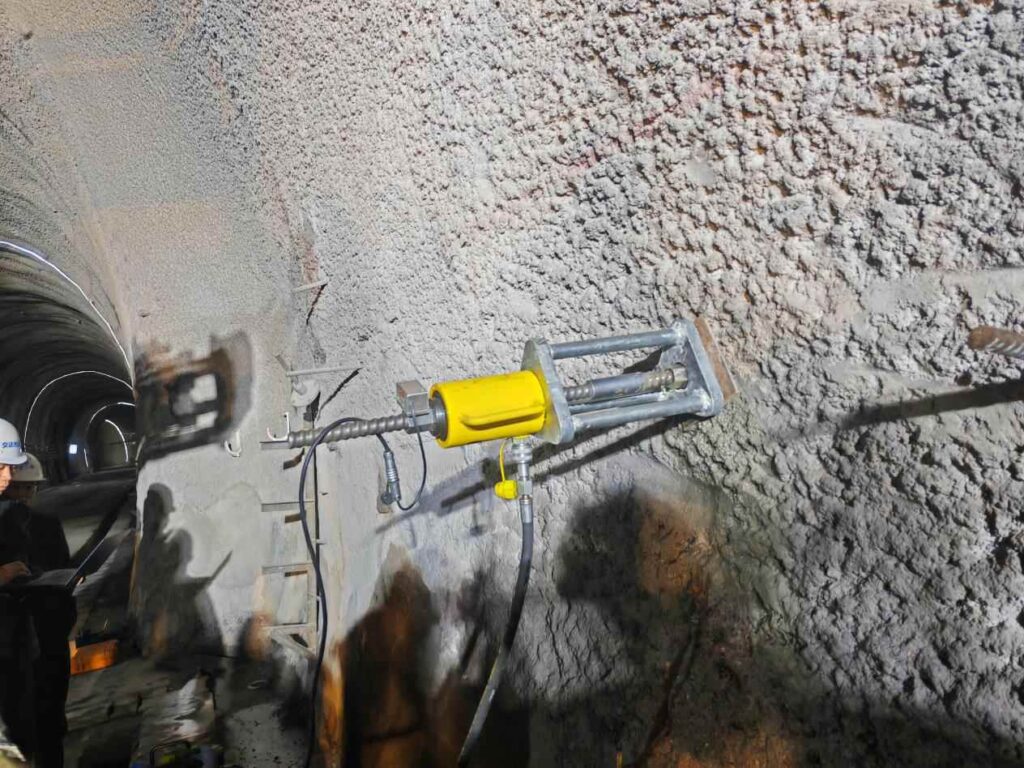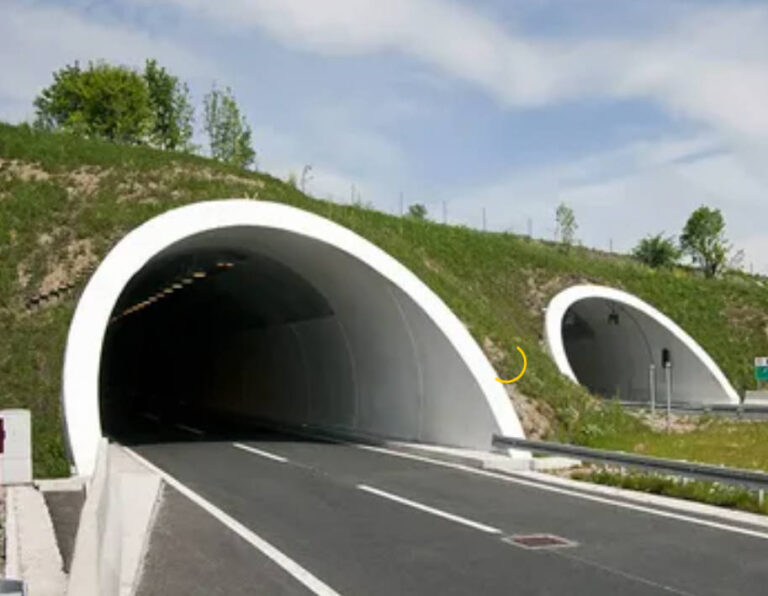In the world of geotechnical engineering and slope stabilization, both self drilling soil nails and traditional soil nails play crucial roles. However, their design, installation process, and performance characteristics differ significantly—making one option more suitable than the other depending on the site conditions and project goals. This article will analyze the key differences between self drilling soil nails and traditional soil nails, with a focus on practical comparisons, technical metrics, and considerations that matter to contractors and engineers alike
What Is a Self Drilling Soil Nail?
Self drilling soil nails are a type of reinforcement system that combines drilling and grouting into a single process. These nails typically consist of a hollow threaded bar, which allows grout to be injected simultaneously as the bar penetrates the soil. A sacrificial drill bit is attached to the end, making it ideal for hard or unstable ground where borehole collapse is a concern.
By contrast, traditional soil nails require a multi-step process: drilling a borehole, inserting a solid steel bar, and then injecting grout to secure the nail in place.
Installation Process: Self Drilling Soil Nail vs Traditional Soil Nail
Time and Labor Efficiency
| Installation Step | Self Drilling Soil Nail | Traditional Soil Nail |
| Borehole Drilling | Combined with nail insertion | Separate drilling required |
| Nail Insertion | Simultaneous with drilling | Manual insertion into borehole |
| Grouting Process | Simultaneous with drilling | Performed after insertion |
| Equipment Required | One-step rig system | Drill rig + grouting equipment |
| Typical Installation Time | 10–15 minutes per meter | 20–30 minutes per meter |
Using self drilling soil nails can reduce installation time by up to 50%, especially in conditions with loose or collapsing soils. This efficiency makes them highly suitable for emergency slope stabilization or time-sensitive infrastructure projects.
Performance and Adaptability in Different Soil Conditions
1. Soil Compatibility
- Self drilling soil nailsystems are better suited for loose, soft, or weathered ground, where boreholes risk collapsing before the insertion of traditional nails.
- Traditional soil nailsperform well in dense or cohesive soils, where the borehole can maintain its shape long enough for bar placement and grouting.
2. Grouting Efficiency and Bond Strength
With self drilling soil nails, grout fills the void immediately, reducing the chance of cavity formation or grout segregation. In traditional systems, delayed grouting can result in air pockets and weaker pull-out capacity.
Lab testing has shown that self drilling systems can achieve 15–20% higher bond strength compared to traditional nails in granular soils.
Structural and Mechanical Properties
Material Strength and Corrosion Resistance
| Property | Self Drilling Soil Nail | Traditional Soil Nail |
| Core Material | Hollow threaded steel bar | Solid rebar or threaded bar |
| Tensile Strength (typical) | 500–800 MPa | 400–700 MPa |
| Anti-corrosion Coating | Often hot-dip galvanized or epoxy | Optional (depends on use case) |
| Load Transfer Mechanism | Full-length grout bonding | Point bonding depending on grout |
Modern self drilling soil nails often include advanced coatings and integrated couplings, which reduce installation errors and improve long-term durability—particularly in aggressive environments such as coastal slopes or chemically active soils.
Cost Considerations and Site Economics
While self drilling soil nails may have a higher unit cost per meter due to specialized materials and drill bits, the reduced labor, shorter installation time, and lower equipment costs often balance or outweigh this initial expense.
| Cost Factor | Self Drilling Soil Nail | Traditional Soil Nail |
| Material Cost (per meter) | $25–$40 | $18–$30 |
| Labor & Equipment Savings | High (due to efficiency) | Moderate |
| Total Installed Cost | Competitive in complex soils | Lower in stable soil zones |
For example, in a project requiring 1,000 linear meters of nailing, a contractor might spend 10–15% more on materials for self drilling nails, but reduce labor days by 30–40%, leading to overall project savings.
Limitations and Practical Considerations
While self drilling soil nails offer numerous advantages, they’re not ideal in every scenario. Here are key points to consider:
- Drill Bit Cost and Waste: Each installation consumes a sacrificial drill bit, which must be replaced after each use. This adds up in long installations.
- Precision Control: In projects requiring strict control over borehole dimensions, traditional methods may allow more customization.
- Equipment Availability: Specialized self drilling rigs may not be available in all markets or for smaller contractors.
Summary: When to Choose a Self Drilling Soil Nail
The decision between self drilling soil nail and traditional soil nail systems should be based on:
- Soil condition and stability
- Project timeline and labor constraints
- Required bond strength and durability
- Cost structure of labor vs. material in your region
In unstable or loose ground, where drilling and then inserting bars is risky or inefficient, self drilling soil nails offer clear advantages in strength, reliability, and speed. In cohesive or easily drillable soils, traditional nails remain a proven, cost-effective option.
Understanding the structural differences, material performance, and site logistics behind these two systems helps engineers and contractors make informed, cost-effective choices without compromising safety or stability.






